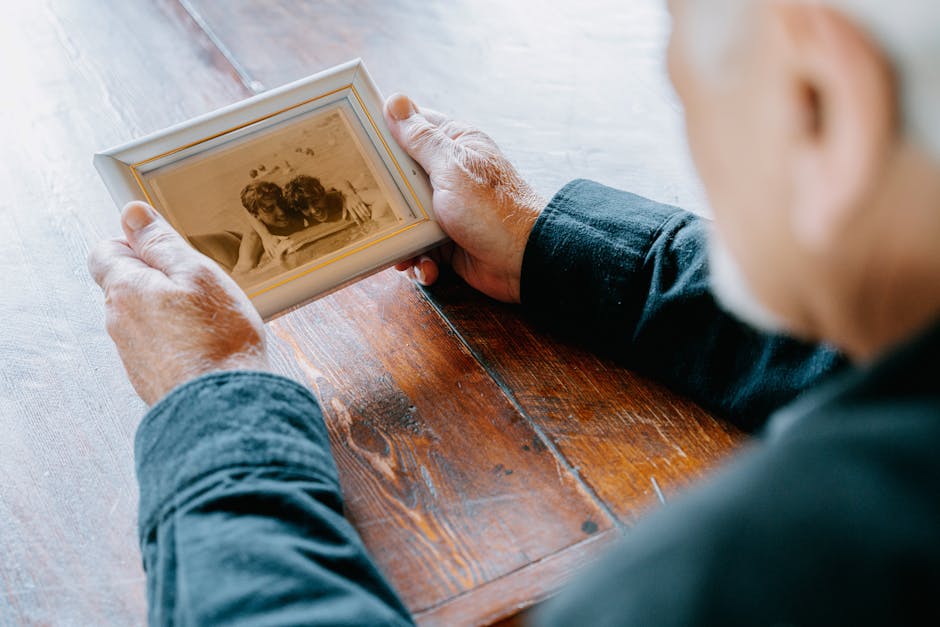The Journey to Recovery: Personal Stories from Fractured Skull Survivors
Experiencing a fractured skull can be a life-altering event. The journey to recovery is often long and challenging, but the stories of those who have walked this path provide hope and inspiration. This blog post delves into the personal stories of fractured skull survivors, offering insights into their recovery journeys, and sharing actionable tips for others navigating similar experiences.
Understanding Skull Fractures: A Quick Overview
A skull fracture is a break in the bone surrounding the brain. It can result from a variety of incidents, such as falls, car accidents, or sports injuries. According to the Centers for Disease Control and Prevention (CDC), traumatic brain injuries (TBI), which include skull fractures, affect over 2.8 million people annually in the United States alone.
Skull fractures can be classified into several types, including linear, depressed, diastatic, and basilar fractures. Each type has its own implications and treatment protocols. Understanding the nature of the fracture is crucial for tailoring effective recovery strategies.
Linear Skull Fractures
Linear skull fractures are the most common type and often heal on their own without surgical intervention. However, monitoring for complications is essential.
Depressed Skull Fractures
Depressed skull fractures occur when a portion of the skull is sunken in due to trauma. These often require surgical intervention to correct.
Diastatic Skull Fractures
Diastatic fractures are more prevalent in infants and involve the widening of the sutures in the skull. Medical attention is necessary to prevent potential complications.
Basilar Skull Fractures
These occur at the base of the skull and can lead to serious complications, such as cerebrospinal fluid leaks. Prompt medical care is crucial.
Personal Stories: Triumph Over Trauma
Hearing from those who have survived skull fractures can provide invaluable encouragement and insight. Here, we share a few personal stories from individuals who have bravely navigated their recovery journeys.
Emma’s Story: From Despair to Determination
Emma, a 32-year-old teacher, suffered a linear skull fracture after a fall during a hiking trip. Initially, the physical pain and emotional turmoil seemed insurmountable. However, with a strong support system and professional help, Emma gradually regained her strength. She shares, “The key to my recovery was focusing on small, achievable goals every day. Whether it was taking a few more steps or reading a chapter of a book, every little victory counted.”
John’s Journey: Embracing a New Normal
John, a former athlete, experienced a depressed skull fracture during a football game. The surgical process and subsequent rehabilitation were daunting, but John credits his positive outlook and persistence for his recovery. “I had to redefine what being ‘strong’ meant to me. It wasn’t about physical prowess anymore, but mental resilience and accepting help when needed,” John explains.
Sophia’s Path: From Injury to Advocacy
Sophia, who suffered a basilar skull fracture in a car accident, has become an advocate for road safety. Her journey from the ICU to leading safety workshops is a testament to the power of purpose. “Understanding that I could use my experience to help others gave me the strength to push through the hardest days,” Sophia shares.
Lucas’s Experience: The Power of Community
Lucas dealt with a diastatic skull fracture as a child. His family played a crucial role in his recovery, ensuring he had access to the best medical care and emotional support. Today, Lucas emphasizes the importance of community, stating, “Never underestimate the impact of having people rally around you. It’s a source of strength you can’t find anywhere else.”
Actionable Tips for Recovery
Recovering from a skull fracture is a highly individual process, but certain strategies can aid in healing and mental well-being. Here are some actionable tips for those on the road to recovery:
1. Prioritize Medical Care
It’s crucial to follow your doctor’s recommendations and attend all follow-up appointments. Discuss any concerns or symptoms with your healthcare provider to prevent potential complications.
2. Establish a Support System
Whether it’s family, friends, or support groups, having a network of people who understand your journey can provide emotional comfort and practical assistance.
3. Focus on Nutrition and Hydration
A balanced diet rich in vitamins and minerals supports brain health and overall recovery. Staying hydrated is equally important for maintaining bodily functions and cognitive processes.
4. Incorporate Gentle Exercise
Consult with your doctor about incorporating gentle exercises into your routine. Activities like walking or yoga can improve circulation and boost mood, aiding in the recovery process.
5. Practice Mindfulness and Relaxation Techniques
Stress management is vital during recovery. Techniques such as meditation, deep breathing exercises, or progressive muscle relaxation can help reduce stress and promote healing.
The Road Ahead: Embracing the Future
Recovering from a fractured skull is a journey that requires patience, resilience, and support. The stories of survivors like Emma, John, Sophia, and Lucas demonstrate that, while the road may be tough, hope and healing are within reach. By sharing their experiences and insights, they inspire others to embrace their recovery journeys with courage and determination.
Remember, every step forward is a victory, and you are not alone on this path. Reach out, seek support, and take each day as it comes. The journey to recovery is not just about healing the body, but also nurturing the mind and spirit.
For more information on skull fractures and recovery resources, visit the CDC’s Traumatic Brain Injury page.

